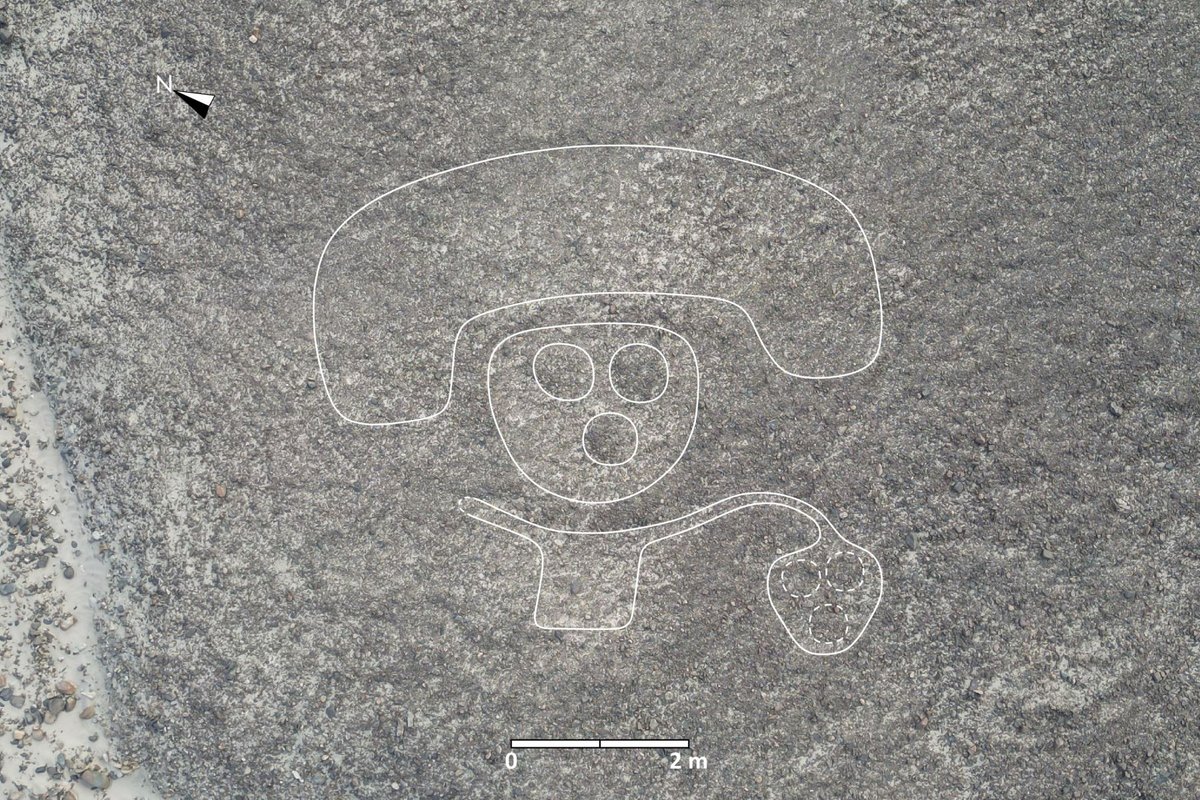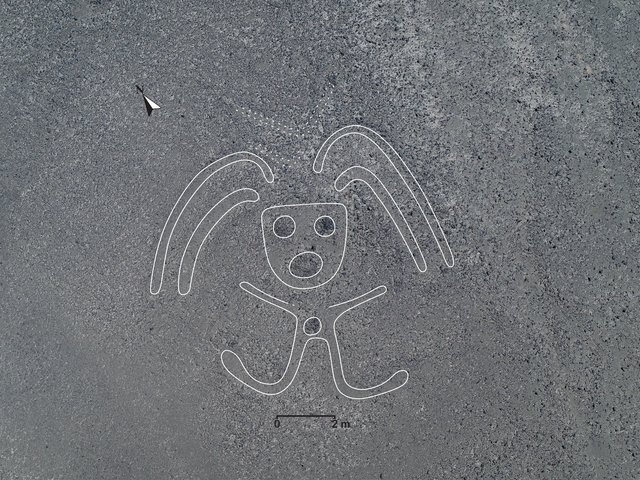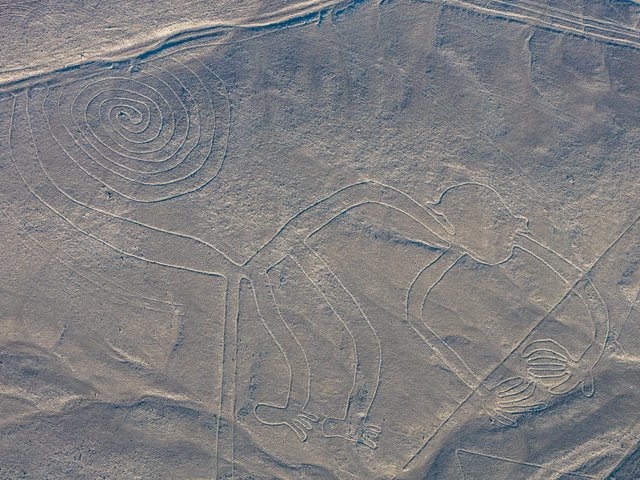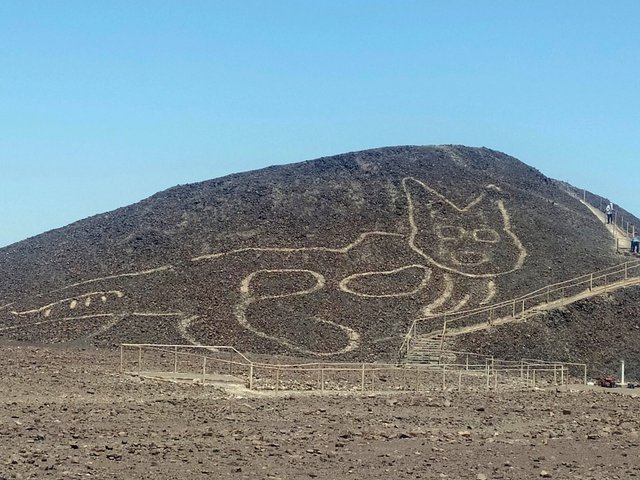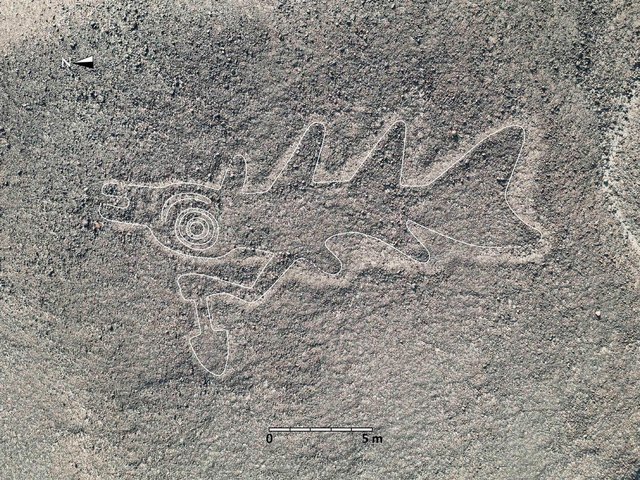An international team led by Japan’s Yamagata University and IBM, in collaboration with Peruvian researchers, has announced the discovery of 248 new geoglyphs among the famous Nazca Lines. The findings, presented at Expo 2025 Osaka-Kansai, highlight not just the extensive, enigmatic work of the Nazca civilisation but the transformative role of artificial intelligence (AI) in archaeological research.
The Nazca geoglyphs are designs in the earth created at least 2,000 years ago using rocks and gravel. Their motifs offer archaeologists a unique window into the beliefs and rituals of the cultures that made them. The most recent discoveries include 160 figurative motifs—such as people, animals and symbolic scenes—and 88 geometric ones. Among the most notable findings is a group of four geoglyphs depicting scenes of human sacrifice, including a priest carrying a human head.
The archaeologist and project leader Masato Sakai has stressed that the layout of these figures is far from random; their location beside old pathways indicates that they may have served as a means of ritual expression and mapping collective memory. Each path represented a different theme, which suggests that the geoglyphs were a way of transmitting symbolic or spiritual messages.
The Nazca Lines first became the subject of official scientific study in 1927. Field research assisted by aerial photography in the 1940s led to the identification of 112 geoglyphs. Starting in 2004, the introduction of high-resolution satellite imagery increased the rate of these discoveries, revealing 318 new figures as of 2020. The current project led by Yamagata University and IBM has revolutionised this trend by integrating AI. In 2022, researchers found an additional 168 geoglyphs in the area.
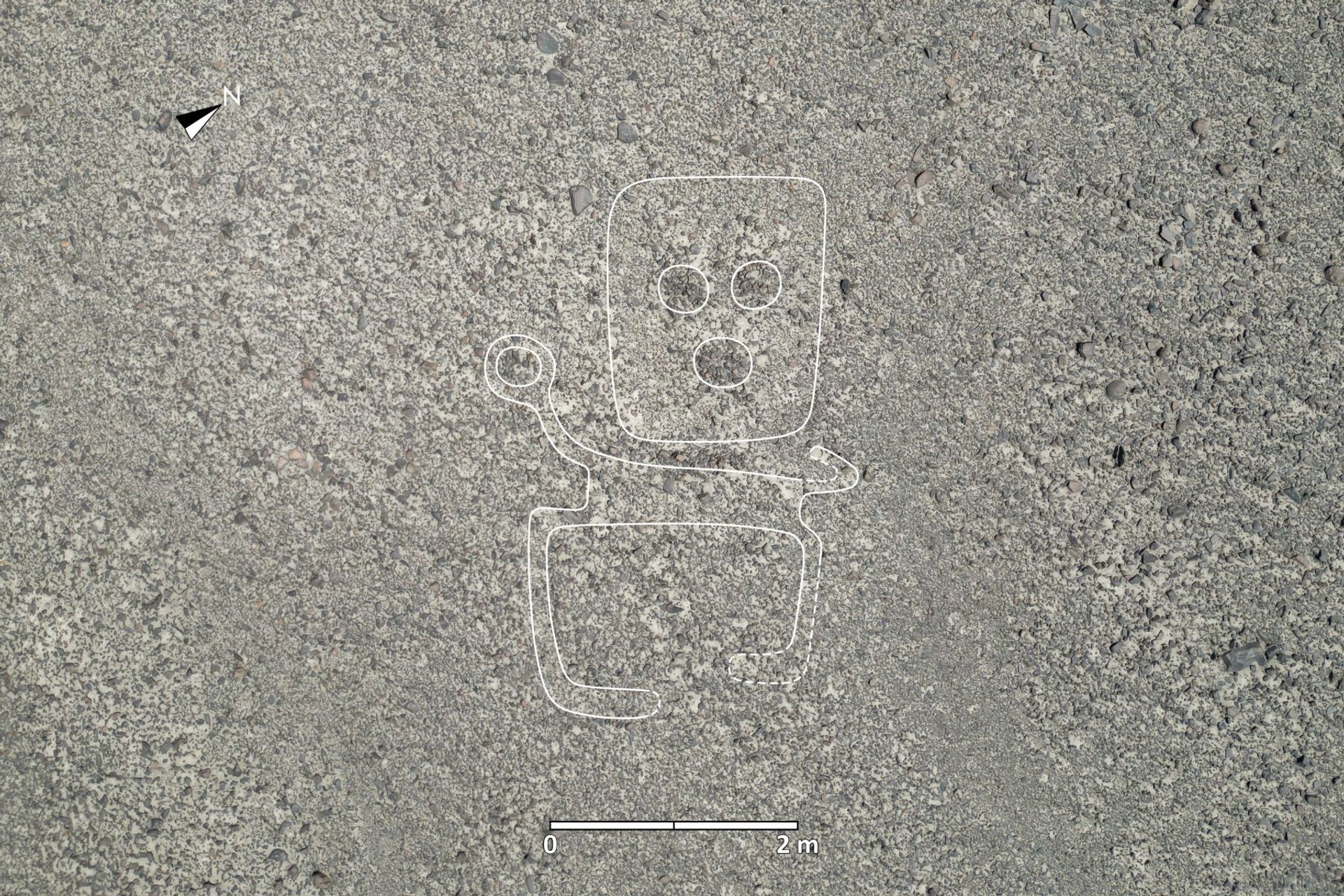
A newly discovered geoglyph in the Nazca Desert Andina Agencia Peruana de Noticias
The team has used AI to analyse thousands of aerial photographs and select areas with a high likelihood of geoglyphs, allowing researchers to focus their field studies on specific sites. This method has proven much more scalable and efficient than previous techniques. Prior to using AI, it had taken nearly a century to find 430 geoglyphs in the region. The annual discovery rate was 1.5 geoglyphs per year between 1940 and 2000, rising to 18.7 per year with the use of high-resolution images. The current work being done with AI has far exceeded those numbers, achieving results 16 times faster than before.
Researchers have now identified a total of 893 Nazca geoglyphs, of which 781 were discovered thanks to AI and aerial-image analysis, testifying to the power of new technologies in exploring and unearthing the past at unprecedented speed.
The use of AI represents a paradigm shift in the field—similar to that of aerial photography in its day. By automating the detection of subtle patterns over vast stretches of land, AI allows archaeologists to spend more time interpreting and studying the findings, rather than searching them out. This advance not only quickens the pace of discovery but also opens the door to a deeper understanding of ancestral cultures, whose secrets lie buried in plain sight in the sprawling desert.


